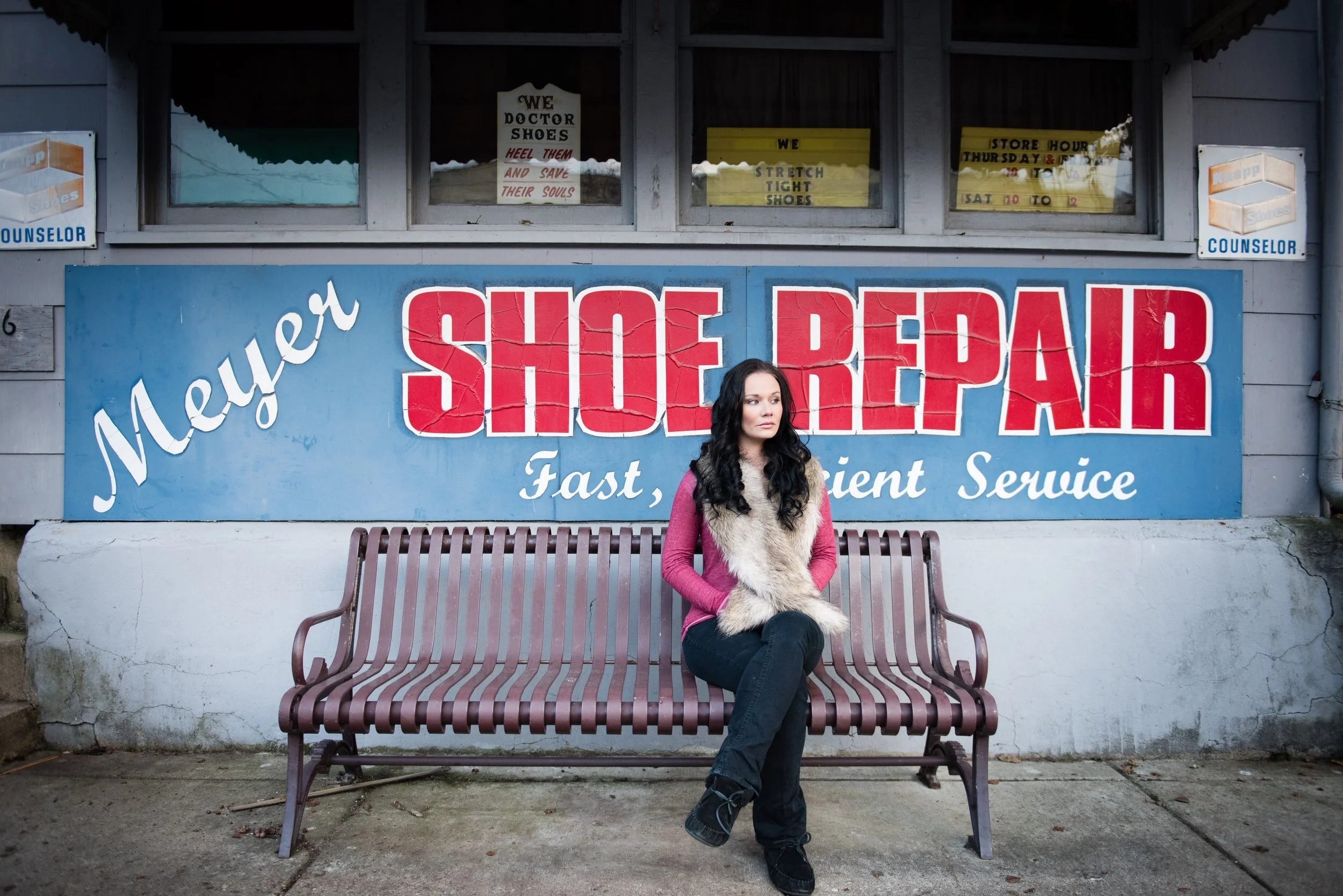Sell the value, not the service
Doug (boyfriend) and I had an interesting conversation this morning. He works for a large real estate corporation (he refers to himself as a “corporate dweeb” 🤣), and was using his company’s general approach in a discussion we were having about sales.
He said, “we first sell prospective clients on the idea of outsourcing.” He described their general sales approach, and what stood out to me was that the approach didn’t start with a result, which often is saving money, greater efficiencies, etc.
The way he put it was that the first step wasn’t selling the result, it was disclosing and “greasing” the entry point to the result. Which makes sense, because if outsourcing isn’t a possibility, there’s no entry point to how they could help because they need to outsource in order to solve the problem.
Often the result of what we are selling is a thing or state of being, and we focus on that because it’s what the prospect wants. What ends up happening is we—as sellers of our services—focus more on the service or thing instead of the value it will bring. What will your prospect be able to do after they work with you? What will they have? What will they no longer be challenged by?
We fall into this trap mainly because our prospects are already trying to problem-solve before they ever get to us.
Let’s use Meyer’s Shoe Repair as an example. Meyer advertises and promotes the service or thing, which is shoe repair. Why? Because that’s what people are searching for. They have a shoe that’s scuffed up or broken. They think, “My shoe is busted. I need a place that will fix it.” So they go online and search, “Shoe Repair” and boom. Up pops Meyer.
But let’s stop for a second and see how we can reposition this as selling the value, not the service.
What becomes available when your shoes are awesome? They fit, look sharp and complete your outfit? Help your posture? Make you feel confident? Shape your calves?
Let’s take it one step further.
What about making more sales? Get a promotion? Sharpen your wardrobe? Reduce the annual budget for shoes and even clothing?
But are people thinking that way about their shoes or wardrobe or life? Of course not. That’s why it’s our job to sell them on the value—in some cases, the lifetime value—instead of the service of shoe repair.
“The service is one way we are discovered. The value is how we sell what we do.”
Let’s say you are an instructional designer and you specialize in taking boring presentations and transforming them into online courses that have high engagement, interaction and learning value. (Yes, a client of mine does this and does it extremely well.) Instead of selling “course design or redesign,” let’s discover what really happens as a result of this service being completed, aka the value:
The client has a higher quality product to offer
The client is able to elevate to a higher-caliber brand that stands for excellent learning experiences
The client can charge more for their programs
The client can get more exposure and opportunities to raise awareness/visibility
The client can attract quality attendees who have high participation and get great results
The client can benefit from the long-term shelf life of the program(s) and not have to create new assets just to capture more audience
As you can see, the client is more confident and is able to do more because their program is top-notch. Noting the service and the value equally will help with copy, marketing strategy and positioning. But it also helps you understand your audience more, how to communicate with them and create what they need to be successful.
An exercise to distinguish your value from your service…
Make a list of the search terms (use Google to get ideas) related to your service, such as “online courses, online learning,” etc.
Make a list of search phrases in the form of questions (use YouTube to get ideas) related to your service, such as “How do I make a presentation an online course?”
Make a list of the outcomes of a successful completion of your service for the client (use past client successes to get you started)
Make a list of the intangible value that comes from the successful completion of your service, which typically is an emotional state or behavioral/belief shift (identify through the results your past clients have experienced as well as pulling from some of the complaints that come from prospects wanting your services)
When you complete this exercise, you’ll have a clear distinction between service and value. If you only present the service, you will be commoditized, because it’s likely that there are many others offering similar services. If you tie in the value, or speak to the value in the right place/time, you will stand apart from the rest.🍀

